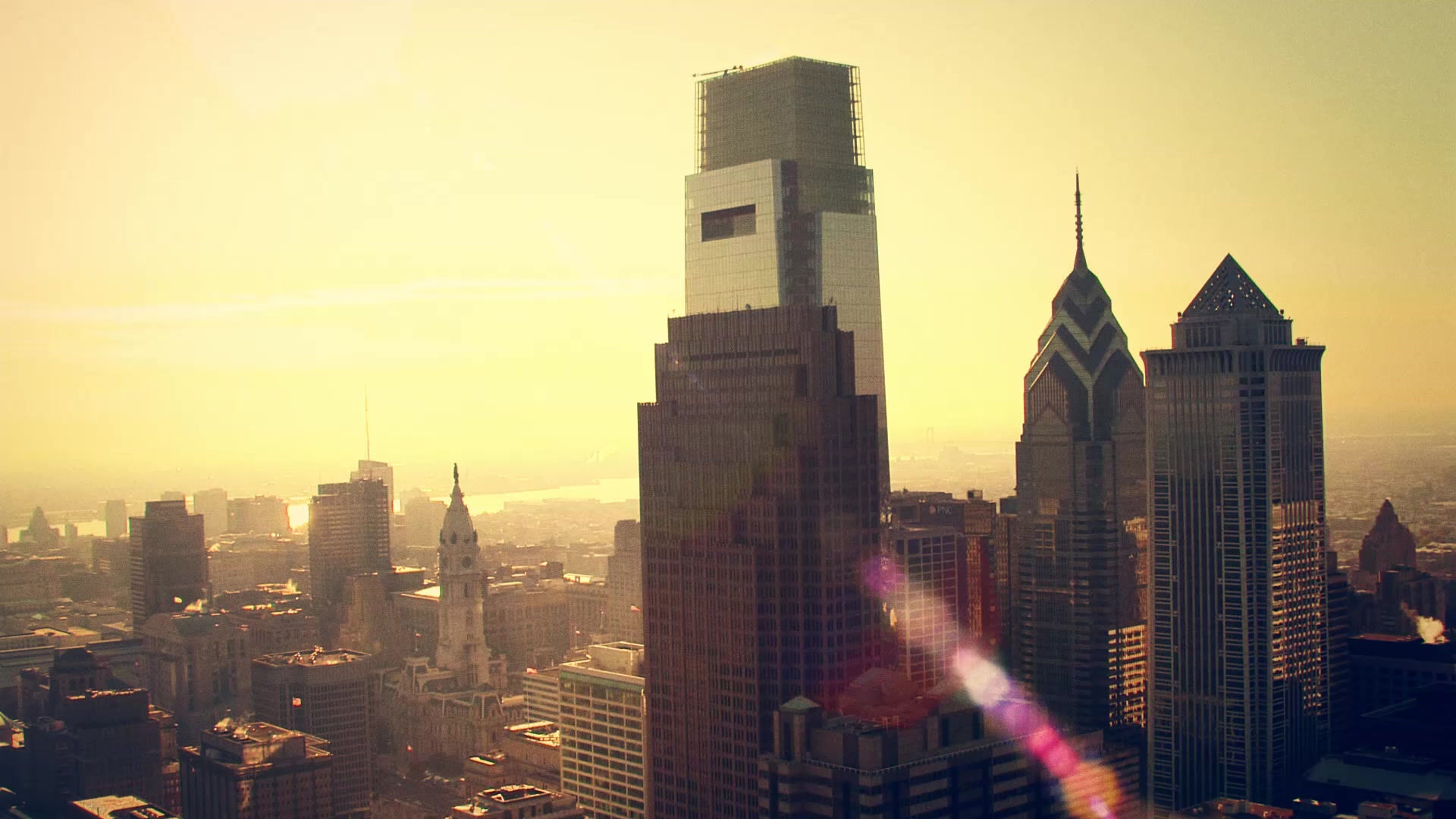

WE'RE MEMBERS OF:
EL PANECILLO, QUITO
The Panecillo is a hill located in the heart of Quito downtown. From here, its location gives us a unique view of the city.
The name was given by the Spain conquerors in their incursion. They named it Panecillo because the hill has a resemblance with small bread. The story has discovered before the spanish arrival, this hill was called "Shungoloma" Quechua word meaning "hill of the heart."
This viewpoint is located at an altitude of 3035 meters. For Quito it represents the division between north and south of the city.
When you visit this place you can find at the top the Virgin of Quito, which was built in 1976 by the spanish artist Agustín de la Herran Matorral. "This sculpture is 45 m. high and is a large-scale copy of the sculpture of the Virgin of Quito done by Bernardo de Legard. I
In this same place you can find the 'Pot of Panecillo', that was a kind of circular tank eight feet deep used to irrigate crops. Among the options above to visit at the top of Panecillo, you'll also find traditional food, restaurants, crafts, play areas for children, as well as parking.
----------------------------------------------------------------------------
MIDDLE OF THE WORLD
This attraction was owned by the Government of Pichincha Province and is practically a tourist and commercial city, the smallest of Ecuador.
In the Middle of the World there are four permanent exhibition pavilions. Guayasamín Pavilion has an exhibition of the Oswaldo Guayasamin paintings. He was a famous Ecuadorian painter. It also has a sample of cultural property from Ecuador: pieces of pre-Columbian art, colonial art and the School of Quito, Caspicara, Pampite, among others.
Another is the French pavilion, where the French Geodesic Museum is located. This displays all the information of the Geodesic Mission studies and information of the Academy of Sciences of Paris. There's also the Sun Pavilion, which provides information about the cities of Guayaquil and Cuenca, both Ecuador's major cities apart from the capital, Quito.
Other tourist attraction is the Planetarium, as well as a permanent miniature model of whole colonial Quito, and recently is working the Insectarium: Prime Entomological Museum of Ecuador, where is collecting all the immense and diverse existing Ecuadorian entomofauna. There are exhibits of live insects and dissected insects.
In addition to these permanent attractions, weekends and holidays are always presented music festivals, dance performances and other artistic expressions are organized in the town square.
----------------------------------------------------------------------------


GOVERNMENT PALACE

The Government Palace is one of the most important attractions of Quito’s downtown. It’s the Government Palace, residence and official workplace of the Republic of Ecuador President.
This infrastructure was built during the nineteenth century by the President of the “Real Audiencia de Quito”, Royal Audience of Quito, Baron de Carondelet, hence its name.
Whereas Carondelet Palace and its agencies are Ecuadorian Cultural Heritage since 2007, the Government compound became a museum open to all who want to visit it. However, in previous administrations it was also possible to visit some areas of the Palace, and freely cross the parapet.
For this purpose, areas were organized to locate the objects according to their cultural contexts in order to make them accessible to the sight of all. In order to do this, several rooms and spaces inside the Palace were used.
The visit takes 45 minutes and includes the main rooms of the palace, including a gilded altar, the living portraits of the presidents of Ecuador and the inner courtyards and a section that showcases the presents received by the leaders, among contained the works of Colombian artist Fernando Botero, sculptures of different materials, typical clothing, saddles and embroideries.
----------------------------------------------------------------------------
HOMELAND TEMPLE
"Templo de la Patria" is one of the major museums in Quito.
This museum brings to mind the epic achievement of May 24th, 1822 when the Cabildo of Quito gave the final battle for freedom from Spanish power. The match took place precisely in this area, the slopes of the Pichincha volcano. That's why this place was called Cima de la Libertad, summit of Freedom.
The museum is made of five rooms. In the first we can find through the murals a historical journey from indigenous people, the establishment of the Kingdom of Quito, as well as the Spain colony, to remember “El primer grito de la Independencia, when Quito declares independence from Spain, on August 10th , 1809.
The second room is called “Sala de la Llama”. In this place lies the urn wich contains the remains of the Unknown Soldier. He rests on a stone pedestal that has, sculpted the main chorus of the national anthem of Ecuador.
The third room is called “La Sala de Armas”. This room features a collection of weapons used in libertarian battles: swords, daggers, spearheads and Colombian and Spanish troop’s rifles.
The fourth room is called “Sala Histórica”. This room shows a model that explains the development of the Battle of Pichincha.
The fifth room is called “Sala de los Libertadores”. The two characters who led the pursuit of freedom of America, Simon Bolivar and Antonio Jose de Sucre, are represented in bronze statues.
----------------------------------------------------------------------------
INDEPENDENCE SQUARE
In the heart of Colonial Quito is the Main Square: Plaza Grande or Plaza de la Independencia.
Plaza Grande is surrounded by four buildings that represent the elements of Quito society such as: The Presidential Palace, Archbishop's Palace, the Cathedral of Quito and the Municipal Palace.
The Plaza Grande is the meeting point of Quito’s people, who nostalgically recall the past. Besides being always full of students, elders sit to talk throughout the day, street vendors trying to make a living in addition to the photographer paying attention to foreigners that want to keep their memories of this city in a snapshot.
The constant activity of Plaza Grande allows seeing a very rich human landscape made up of the entire cultural heritage that Quito has. For this and for architectural beauty, located amidst the hills and volcanoes, Quito has been named by UNESCO Cultural Heritage of Humanity.
In the center of the Plaza de la Independencia you will find the monument to Heroes de la Independecia, memorial built in the early twentieth century, which symbolizes the triumph of the Republic against the Spanish colony.
Plaza Grande is a place where stories come alive. It is the scene of many legends that are part of the culture of Quito. For example at the top of the Cathedral of Quito is the Cock of the Cathedral. As leyend goes, the Gallo de la Catedral became the fear of drunken men who passed through the Plaza, because one of them, after insulted the cock, made the cock got down from the Cathedral to give him pecks. You can also go to the Presidential Palace.
Around Plaza Grande there are many places, among which are typical Ecuadorian food restaurants, as well as local craft sales and even on the ground floor of the Presidential Palace, we find a barber shop remembered for its old and is the meeting place of people requiring these services, that hasn’t changed despite of technology advance.
----------------------------------------------------------------------------


THE ARCHBISHOP'S PALACE
Archbishop's Palace is located in the heart of Quito old-town, and city's colonial quarter, in Plaza Grande. This palace is one of several options to visit in this area of the city.
The Archbishop's Palace is located in front of Plaza Grande, at the opposite side of the Cathedral and next to the Palace of Government. It is the seat of religious authority and residence of the Bishop since the sixteenth century and one of the oldest buildings in the city, although it has been modified over time.
The Archbishop's Palace, as part of Plaza Grande in Quito, is the perfect place to observe the day-to-day running of Quito. This is a unique place and you'll never find this place without people walking, or the elderlies sitting. This place is the representation of all, a bit of what the inhabitants of Quito are.
Today, part of the building works for different function: around its courtyards operate several restaurants, coffee shops, craft shops, galleries and internet.
This new role of the Archbishop's Palace allows visitors to taste delicious dishes for every taste and pocket. The first floor houses some fast food places, a restaurant specialized in seafood and other offering lunches and more menu options.
----------------------------------------------------------------------------


